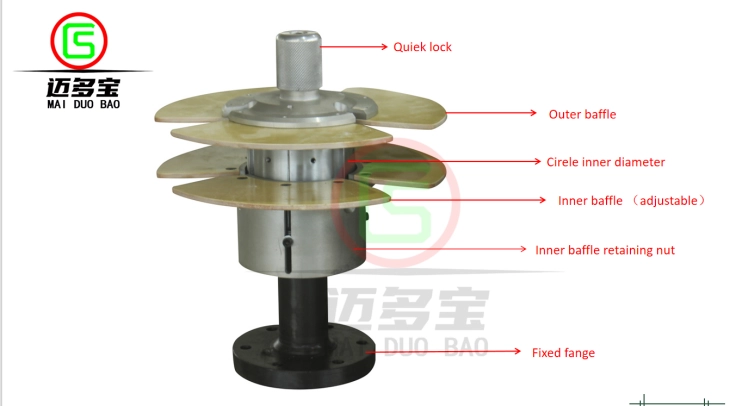Graphite, a naturally occurring form of carbon, has fascinated scientists, engineers, and industrialists for centuries. While its application dates back to ancient civilizations, the uniqueness of graphite extends far beyond its historical uses. This article delves into the multifaceted nature of graphite, exploring its distinct properties, diverse applications, and cutting-edge innovations that underscore its exceptional value in both traditional and modern contexts.
The Fundamental Properties of Graphite
At the core of graphite’s uniqueness is its atomic structure. Graphite is composed of layers of carbon atoms arranged in a hexagonal lattice. This arrangement results in several key characteristics:
- Layered Structure and Lubricity: The carbon atoms in graphite are bonded together in a planar, two-dimensional structure known as graphene. These layers are weakly held together by Van der Waals forces, allowing them to slide over each other easily. This property imparts graphite with remarkable lubricating qualities, making it invaluable in applications where friction reduction is crucial.
- Electrical Conductivity: Graphite’s delocalized π-electrons enable it to conduct electricity with high efficiency. This makes it an essential material in electrical applications, such as in batteries, fuel cells, and electric motors. Its high conductivity is utilized in various industries, from electronics to energy storage.
- Thermal Conductivity: Alongside its electrical conductivity, graphite exhibits exceptional thermal conductivity. The efficient heat dissipation properties of graphite make it an ideal material for heat sinks and thermal management systems in high-performance electronic devices and industrial machinery.
- Chemical Stability: Graphite is chemically inert, resistant to most acids and bases. This stability makes it suitable for use in harsh chemical environments, such as in chemical reactors and as a lining material for furnaces. Historical and Traditional Applications
Graphite’s historical significance cannot be overstated. In ancient Greece and Rome, graphite was used as a writing medium, where its ability to leave a mark on surfaces was harnessed for inscriptions and manuscripts. The Industrial Revolution saw an increase in the use of graphite in lubricants and batteries, and it played a crucial role in the development of technologies ranging from the first electric batteries to the graphite-based lubricants used in machinery.
Modern Innovations and Emerging Applications
Today, graphite’s role has expanded into numerous advanced applications:
- Graphene and Advanced Materials: The discovery of graphene—a single layer of carbon atoms in a hexagonal lattice—has revolutionized material science. Graphene, derived from graphite, exhibits extraordinary strength, flexibility, and conductivity. Its applications range from ultra-fast electronic devices to advanced composite materials used in aerospace and automotive industries.
- Energy Storage and Batteries: Graphite remains a cornerstone in the development of energy storage technologies. In lithium-ion batteries, graphite serves as the anode material, providing high energy density and stability. Ongoing research is focused on enhancing the performance of graphite anodes to meet the growing demands of electric vehicles and renewable energy storage.
- Nuclear Technology: In the realm of nuclear energy, graphite is used as a moderator in certain types of nuclear reactors. Its ability to slow down neutrons without capturing them allows for a controlled and sustained nuclear reaction, making it a critical component in the design of reactors like the High-Temperature Gas-cooled Reactor (HTGR).
- Biomedical Applications: Emerging research highlights graphite’s potential in the biomedical field. Graphene-based materials are being investigated for drug delivery systems, imaging, and even cancer treatment due to their biocompatibility and unique properties. Challenges and Future Prospects
Despite its myriad applications, the production and use of graphite face several challenges. The environmental impact of mining graphite and the need for sustainable practices are areas of concern. Additionally, advancements in synthetic graphite production and recycling are essential to meet future demand while minimizing ecological footprint.
Future research is likely to focus on enhancing the performance of graphite in existing applications and exploring new possibilities. Innovations such as the development of high-capacity and long-life graphite-based batteries and the integration of graphene into everyday products promise to push the boundaries of what graphite can achieve.
Conclusion
Graphite’s uniqueness lies in its diverse properties and applications, ranging from its ancient uses to its role in cutting-edge technologies. Its layered structure, electrical and thermal conductivity, and chemical stability make it a versatile material with applications that span from industrial lubricants to advanced electronics and beyond. As technology evolves, the ongoing exploration of graphite’s potential continues to reveal new frontiers, solidifying its position as a cornerstone of both historical and future innovations.







